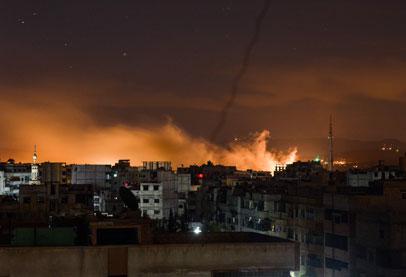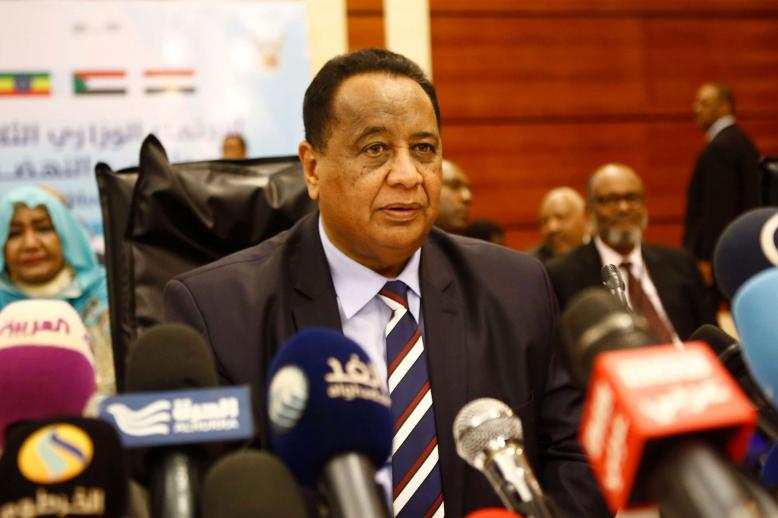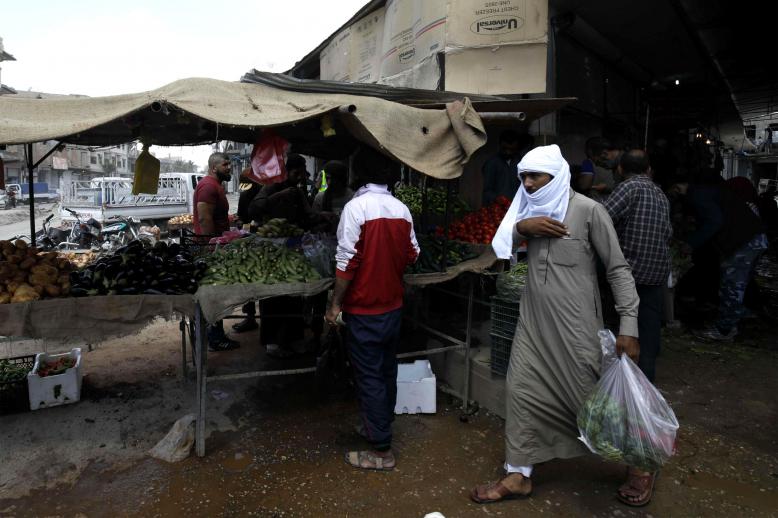Yarmuk, an epicentre of Syria's bloody conflict

BEIRUT - Poverty and exile, siege and starvation, jihadist rule and government shelling -- few places have seen more suffering in Syria's seven year, atrocity-filled war than the Palestinian camp of Yarmuk.
A striking 2014 picture of tired, gaunt-looking residents massing among the ruins for a food distribution drew comparisons with a World War II ghetto and became a symbol of the Syrian conflict.
The gutted neighbourhood in southern Damascus, which is now the Islamic State group's last urban redoubt in Syria or Iraq, was once Syria's biggest Palestinian refugee camp, home to around 160,000 people.
Years of crippling siege and bombardment by the regime of President Bashar al-Assad, whose presidential compound is visible from the camp, had already sent tens of thousands of them into a second exile.
Yarmuk is one of the closest spots to central Damascus to have been controlled by IS.
After months of sporadic shelling as it concentrated its efforts on retaking the rebel stronghold of Eastern Ghouta, the resurgent regime launched a final offensive last week to retake Yarmuk.
According to the Syrian Observatory for Human Rights monitoring group, around 1,000 IS fighters remain in Yarmuk and the adjacent neighbourhoods of Hajar al-Aswad, Tadamun and Qadam.
Most of them are former members of Al-Qaeda's Syrian ex-affiliate Al-Nusra Front, but IS fighters also include Palestinian refugees who joined when the Islamists took over much of the camp in 2015.
Facing them are regime and allied forces who have turned their attention to jihadist-held pockets in southern Damascus after completing their recapture of Ghouta, an area east of the capital.
According to the Britain-based Observatory, the Syrian army is leading the battle, with Russian officers supervising and Palestinian militias contributing hundreds of foot soldiers.
The Observatory said dozens of fighters had already been killed in the fighting on both sides.
IS jihadists have posted several grisly pictures on their social media accounts purportedly showing regime or allied fighters they beheaded.
But the jihadists are unlikely to hold out much longer. Seven years of conflict that made Yarmuk one of the conflict's worst humanitarian and military flashpoints looks set to end in further death and destruction.
- Iconic picture -
Yarmuk camp was opened in 1957 with tents set up for Palestinian families forced to leave their homes by the establishment of Israel. These were soon replaced by permanent structures.
The wider area of Yarmuk was also home to hundreds of thousands of Syrians.
In 2011, regime attempts to use the traditionally apolitical Palestinian refugee community to raise tensions with Israel and divert attention from the internal uprising in Syria backfired.
Syrian opposition groups came to see Yarmuk as a potential forward base in their campaign to unseat Assad. The fighting that ensued levelled the area and forced most residents to flee.
According to the United Nations' agency for Palestinian refugees UNRWA, most of the camp's 6,000 residents have been displaced by the recent fighting.
The agency's spokesman Chris Gunness said he was "deeply concerned" about them and asked the belligerent parties to give the UN humanitarian access to the besieged neighbourhood.
Yarmuk, which was meant as haven for displaced Palestinians, had come to symbolise a humanitarian catastrophe that caused some of the worst displacement since World War II.
A picture taken during a UN food distribution in January 2014 gripped the world's imagination and drew attention to Yarmuk's plight.
The photo -- depicting thousands of haggard-looking civilians thronging the ruins of their neighbourhood as they waited for a food handout -- drew parallels with the Warsaw ghetto, even in the Israeli press.
Gunness, the UNRWA spokesman, said that year: "The lexicon of man's inhumanity to man has a new word: Yarmuk."
Stories of children eating paper, families surviving on animal feed, and outbreaks of typhoid made Yarmuk a cause celebre, contributing to the global pressure on Assad.




